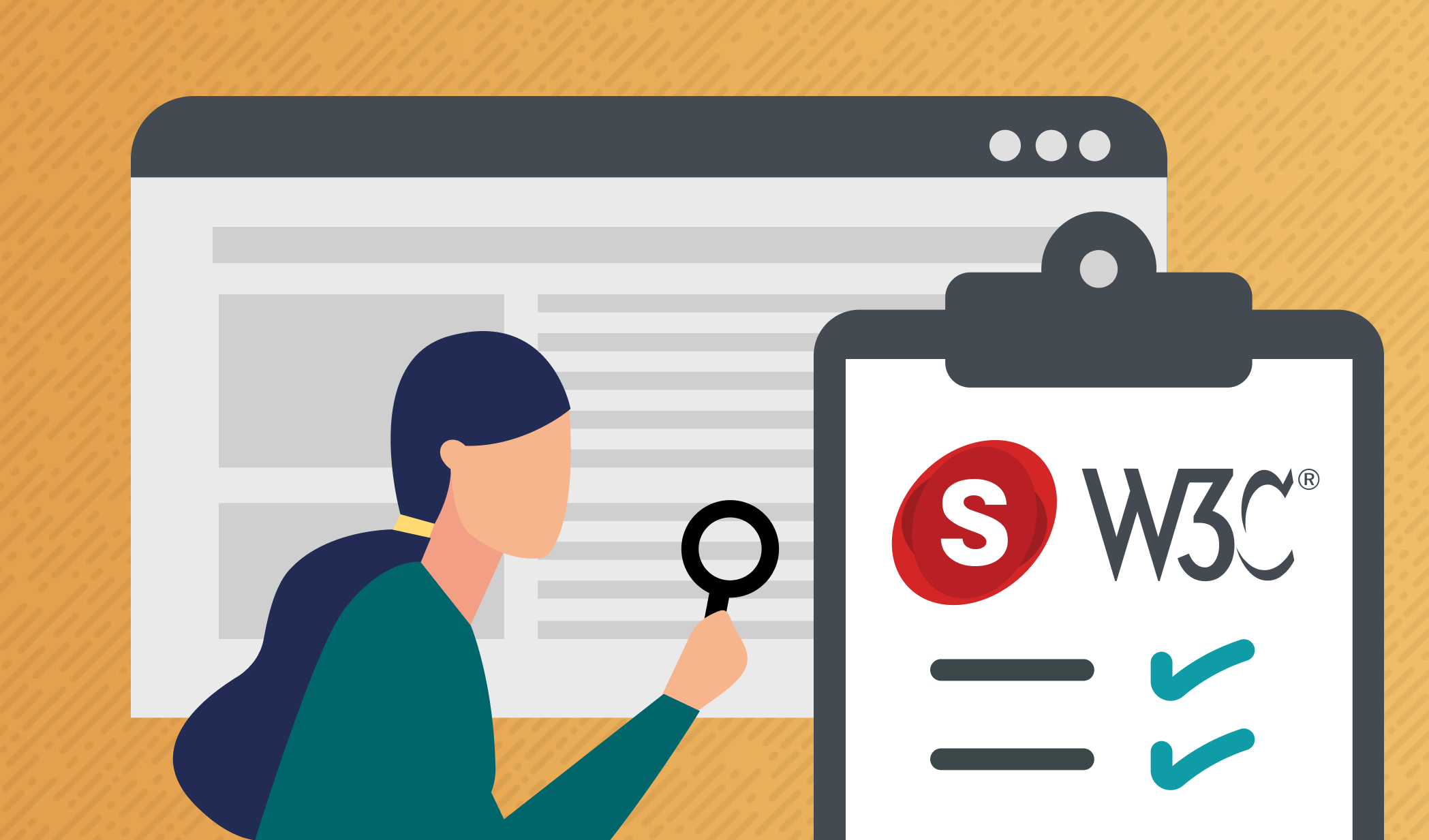On this page:
Accessibility testing ensures all your site visitors have an equivalent site experience. There are two types of testing: automated testing and manual testing.
Automated accessibility testing
Automated accessibility uses automated accessibility tools to test if your website’s components and theme are usable for people with visual, auditory, motor, cognitive and dexterity disabilities.
Many people are drawn to automated accessibility testing because it seems easy, it doesn’t take a lot of time, and you don’t need much prior experience.
While automated testing does provide some insight into how accessible your site is, automated accessibility tools only uncover roughly 15-25% of the violations on your site and are often not consistent with each other. Unfortunately, it’s also fairly easy to manipulate your code so that an automated testing tool thinks a site is accessible when it’s not. And although it is beneficial that you don’t need to be an accessibility consultant or expert, it’s important to make sure that someone on your team understands how to interpret the results from an automated testing tool and how to implement the solutions.
If you’re looking for full testing of your site and to cover all accessibility testing, running tools such as Lighthouse, WAVE or other automated tools isn’t enough and doesn’t tell the full story. Manual testing is a must.
Manual accessibility testing
Manual accessibility testing is testing that your website’s components and theme are usable for those with visual, auditory, motor, cognitive and dexterity disabilities by turning off sound, not using a mouse or trackpad, and using assistive technologies such as screen readers and speech-to-text.
Manual accessibility testing is thorough, but can often be time-intensive and requires expertise to perform the testing and to understand the results. Although it’s more time-consuming and difficult to perform manual testing, it’s essential to ensure that you’ve covered all standards.
Automated accessibility testing only covers 10 of the WCAG 2.0 AA standards while manual testing covers the remaining 28. Automated accessibility testing only covers two of the WCAG 2.1 AA specific standards (WCAG 2.1 AA also covers WCAG 2.0 A and AA) while manual accessibility testing covers the remaining 10.
To find out more about the differences between automated and manual accessibility testing, please watch my most recent presentation from DrupalGov 2020, “Automated vs manual accessibility testing — what's the difference?”


